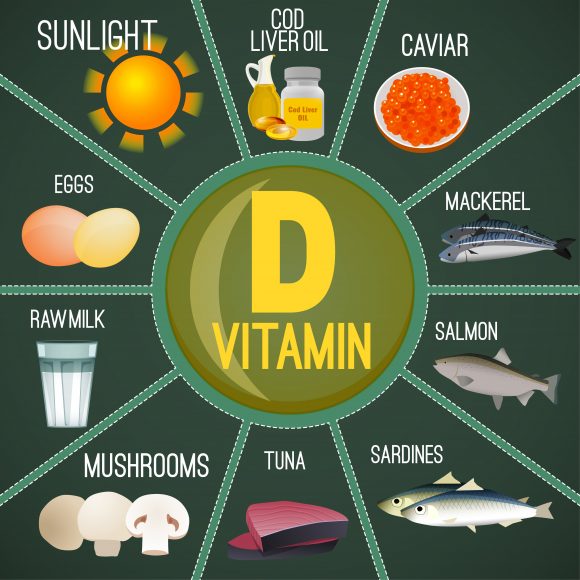
Unable To Lose Belly Fat? Vitamin D Deficiency Could Be the Culprit
Anyone who has ever tried to lose weight will agree that getting rid of belly fat is much more difficult and takes much longer than any other body part. Despite following a strict diet regime and focusing on ab crunches, some people are never able to completely lose belly fat
This can be extremely demotivating, especially for women as a lot of clothing, be it western crop tops or eastern saris, need a flat tummy to carry it off.
On a more serious note, deposits of abdominal fat have also been linked to type II diabetes and heart diseases, making it a health concern with detrimental consequences.
So What Makes Belly Fat So Difficult To Remove?
Research studies show that when the body is in stress, it releases hormones that cause fat to accumulate around the abdominal girth. This could be the reason for belly fat deposits. However, there is a separate theory which explains why exercise doesn’t reduce belly fat as quickly as it tones down arms and legs. This theory is based on the number of blood vessels in the targeted site. Arms and legs have more blood vessels, which facilitate the breakdown of fats. On the other hand, abdominal tissues do not have a rich venous network, making it more difficult to remove the fats from into the circulation.
But Are We Still Missing Something?
Obesity is a new endemic in the first world countries and therefore a lot of research is being performed on the possible causes and potential solutions to this dilemma.
A previous study had established a link between obesity and vitamin D deficiency. But a newer study recently presented at the European Society of Endocrinology’s annual meeting, further elaborated on this link and proved that belly fat is directly linked to vitamin D deficiency.

The authors concluded that belly fat in both men and women can be used to predict vitamin D deficiency, even though it’s still not clear whether the deficiency causes the fat deposits or if it is the other way around.
Vitamin D deficiency is a common reason of belly fat in over 40% of the US population. A common cause of deficiency is lack of consumption of dairy products and direct exposure to sunlight. This deficiency can cause many health related issues including bone pain, respiratory tract infections, autoimmune disease, and now belly fat.
The best part about this deficiencies is that the solution is accessible and economical. Vitamin D supplements, both oral and intramuscular, are available over the counter and have minimal side effects, which make it safe and effective for use.
More research still needs to be done to further elaborate on the recommended dose, route, and frequency of taking the vitamin supplement. Nonetheless it is clear that bringing the vitamin D levels within normal limits may play a positive role in fat breakdown, especially around the abdomen.
A research conducted by a group of Dutch scientists recommend people with stubborn belly fat to get their vitamin D levels checked through a simple blood test. Many people with low vitamin D do not have clinical symptoms and go undiagnosed, until the results drop to severely low levels.
In the past, belly fat has been given names such as “love handles” or “mushroom tops” in an effort to reduce people’s resentment towards it. And now we have another reason for appreciating these layers of fats, as they may direct our attention towards a vitamin deficiency lurking below. Diagnosing this deficiency in the early stages may save us from the more serious side effects of the vitamin insufficiency and help us stay healthy and fit.
Sources:
https://www.forbes.com/sites/daviddisalvo/2018/05/23/study-links-vitamin-d-deficiency-to-obesity-but-questions-remain/#7976bc072a86
https://www.medicalnewstoday.com/articles/322619.php
https://www.express.co.uk/life-style/health/966108/vitamin-d-deficiency-symptoms-belly-fat-weight-loss

